Exploration of Planning Principles
Favas.net (Rob van der Bijl) has been involved in the course ‘Planning 1’ of the Master Architecture Urbanism (MAU) at the Fontys University of Applied Sciences, Tilburg, Netherlands (2016-2019). The content of the course is based on principal literature, and particularly on experiences and cases of Favas.net. The course offered opportunities to focus on design and applied research into existing and new forms of urban planning – being presented on this page. A summary of the course is available as pdf.

According to Fontys’ curriculum, urban planning focuses on the best possible organization of the limited available space. The decor is a battle for the use of space which includes a wide variety of opposing spatial demands. These questions arise from the development of society and spatial designs of the city are thus always a child of the time. The pressure of social conditions and processes as well as political circumstances and technical conditions influence potential urban designs and the processes that lead to its creation.
During the course ‘Planning 1’ the students are familiarized with planning institutions and regulations. In order to learn more about the principles in planning and their relationship to the realization and use of design proposals the planning system in other countries is integral part of the course, including the case cities Amsterdam, New York and Paris.
The students are challenged to search for opportunities for their design within the planning process. In this adaptive approach design proposals are related to the specific context of the planning conditions. Finally the students should develop insight in ways to steer with planning and implement it in their designs on a strategic level.
Plans
The examination of the course 2018-2019 entailed a ‘pressure cooker’ design of a plan, including sound argumentation. Presentation of the plan were part of the examination too. Three plans are summarized below.
Plan – Breda (NL), Emancipation in a new setting – by Bart van Spreeuwel
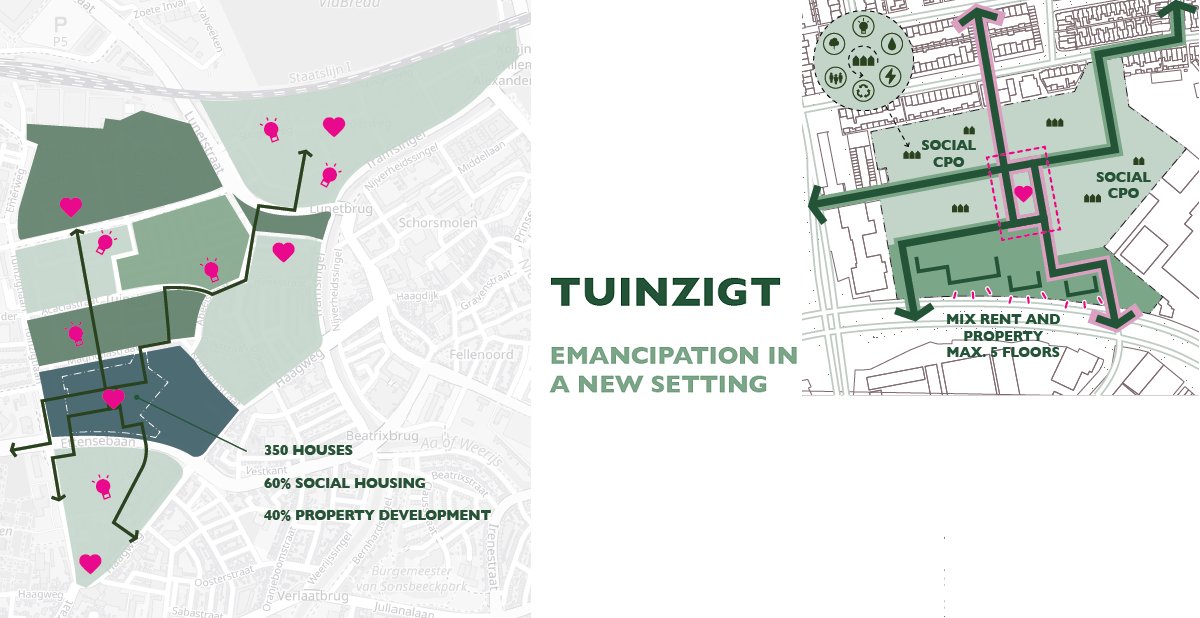
The plan targets the socially vulnerable population of the Tuinzigt neighbourhood in the city of Breda (Netherlands ). Despite the situation the local people are proud and happy to live there. Yet the plan aims to enhance quality of the neighbourhood by setting programmatic conditions for the use of sustainable resources and connections in order to establish a durable and strong community.
Plan – Copenhagen (DK), Development opportunities for a Zealand City – by Mohamed Hassan
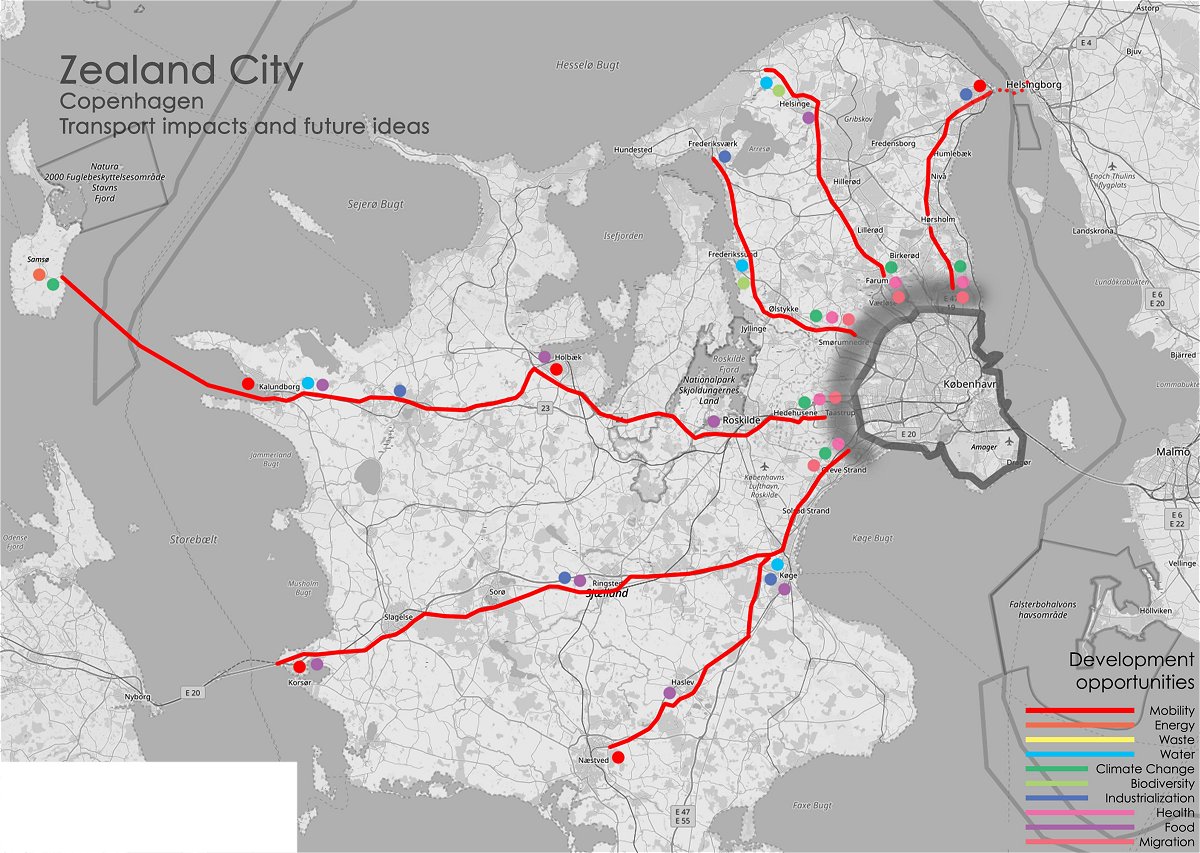
Inspired by the famous Five Finger concept, the plan seeks to extend the existing transport lines in order to spur development in the entire Zealand region in Denmark. The transport lines (road, rail) serve as conditions/catalysts for development. They carry opportunities, set challenges and create extra focal points in the extended urban region of Copenhagen, hence, all over Zealand island. Within the extended fingers 10 key challenges are identified which are related to the overwhelming challenges brought on by global climate change.
Plan – Liège (BE), A city for people, not for finance – by Ron van den Heuvel
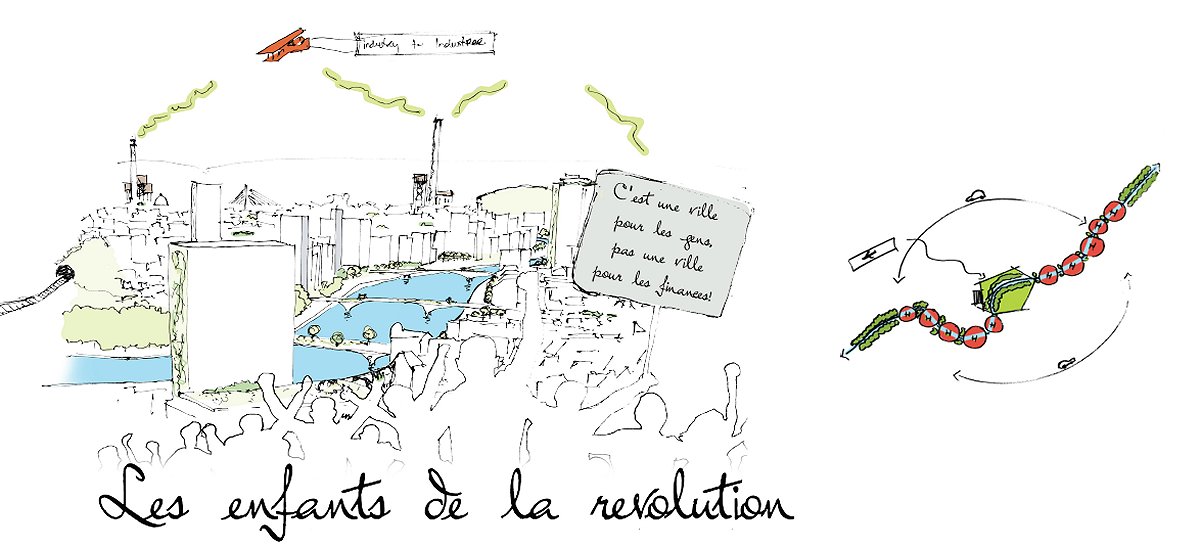
The plan guides a ‘new revolution’ for today’s ‘children’ to focus their interventions on the brownfields of the old, industrial revolution in Liège (Belgium). The plan frames main conditions that allow the people of Liège to accomplish a self-regulating ecosystem by scaling down and creating biodiversity, hence, new opportunities arise. A new walkable city could emerge once existing rail lines and the river Meuse are used as future connections.
Essays
The examination of the course 2016-2017 called students making an essay on planning principles, in particular principles according to the Fava-method.
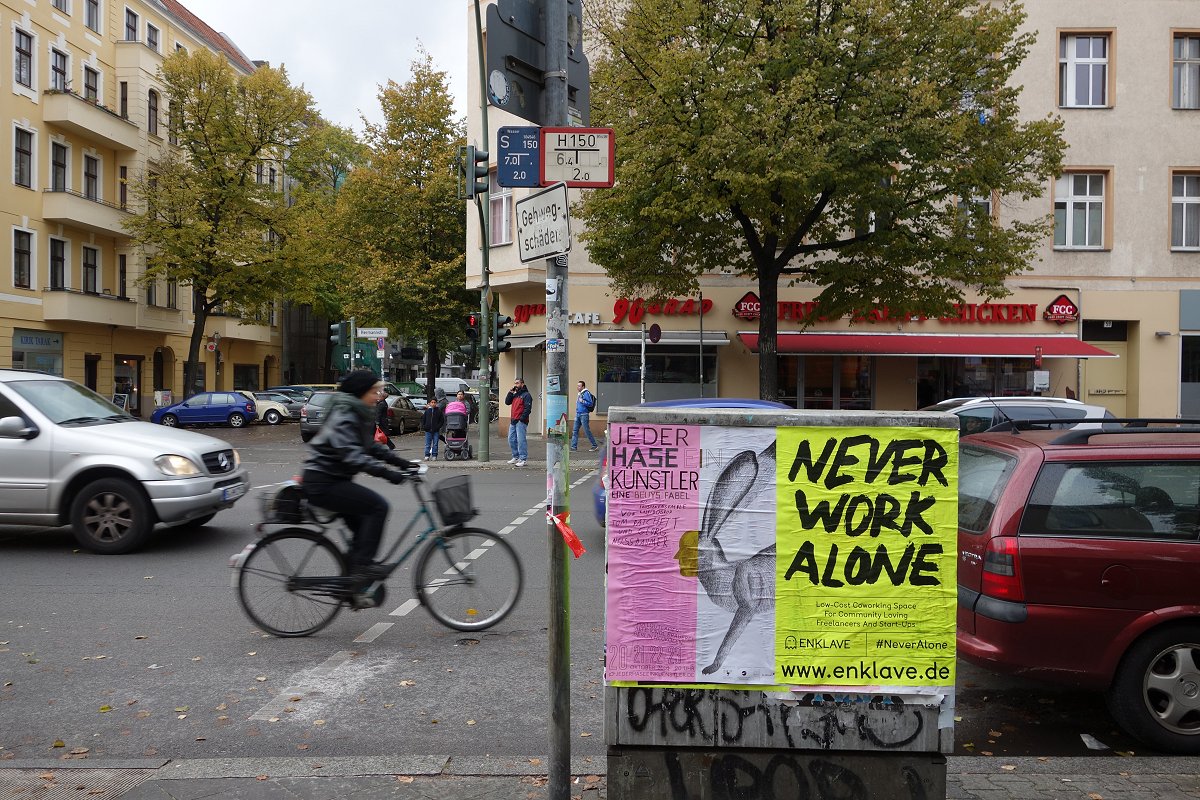
One of the students, Co van Griensven, managed to deliver a fine essay that explores the essentials of a makeable city. Van Griensven analyses urban development changes in the Netherlands, but also in the historical case of former Kowloon City in Hong Kong. His third case is the city of Berlin in Germany. Since for him (and in fact for all urban planners) the principal role of cities is providing an efficient access to all of people’s basic needs. Kowloon was quite successful in this regard, but Berlin has lost its principal role (partly) to private parties in order to, as Van Griensven expressed, “earn quick money”. “By selling their real estate and properties to private parties, they have also sold this generous responsibility to a party which is acting on financial and individual interests. The social significance of a city is under pressure in this way.” Fortunately, Van Griensven is able to read successful initiatives of citizens in Berlin (and Netherlands) who explore new ways of co-operative planning and co-ownership.
An elaborated version of this essay will be published at Favas.net in due time.
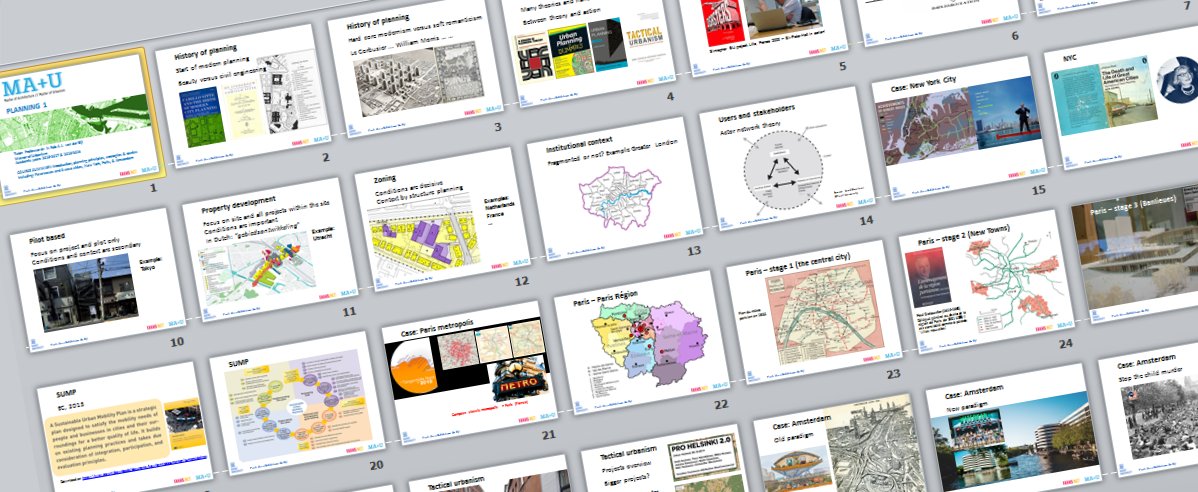
A summary of the course ‘Planning 1’ (2018-2019) is available as pdf-file.
Credits
Supervision: Pepijn Verpaalen – Fontys University of Applied Sciences, Tilburg, Netherlands
Tutor: Rob van der Bijl – Favas.net
Background research and education: Favas.net, in collaboration with Ghent University, Belgium
Special thanks to: Co van Griensven, Mohamed Hassan, Ron van den Heuvel and Bart van Spreeuwel
